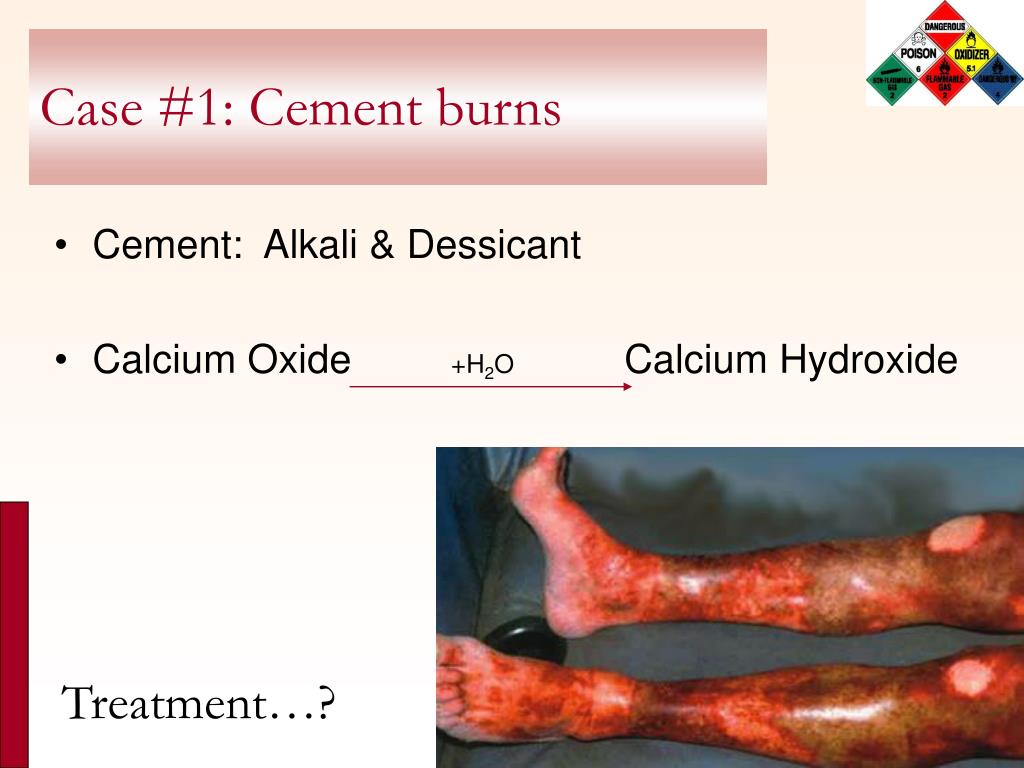

The treatment is often similar to that required in the case of thermal acid burns, with a few differences:Ĭicatrisation takes longer.

Improving on rinsing with water consists of finding other solutions without these limitations in order to increase the chances of the casualty being saved and experiencing minimum injury. Increasing the chances of reducing injury Recent comparative studies have shown the possibility of improving on rinsing with water.Significant side effects such as secondary care and surgical intervention, often resulting in permanent disability or disfigurement and even fatalities, are regularly reported in the scientific literature.However, there is sometimes only partial effectiveness, in particular with concentrated corrosive chemicals. In order to obtain optimal results it is necessary to intervene ‘immediately’ according to the European Standard EN15154 (10 seconds according to ANSI Standard) after the splash.Water favours the chemical agent’s penetration of the tissue (see publication: Prof. Schrage, Klin Monastbl Augenheilkd, 2004).There is not a rapid return to a safe physiological state - the effect of carrying the chemical agent away is limited to surface tissue and has no effect on penetrated chemical.It does not act on the potentially Corrosive or Irritant nature of the chemical agent.However, there are limits to washing with water: It allows the chemical agent to be diluted and removed from the surface of the affected tissue and to be carried away by a mechanical washing effect. Rinsing with water was the first protocol used for chemical decontamination and this dogma persists on the basis of arguments which are more practical than scientific, because of its general-purpose and non-toxic character and of its availability. Clothing should be removed downwards, cutting shoulder seams if necessary, to avoid further contaminating the face and eyes. Note: Contaminated clothing and contact lenses must not be allowed to be replaced - they should be carefully bagged for disposal.
Chemical burn treatment how to#
Management of a chemical injury How to deal with a chemical injury or lesionĮmergency management and caring for a chemical injuryĪfter receiving a chemical splash, any contaminated clothing and contact lenses must be carefully removed from the casualty, if safe to do so, and the affected tissues must be washed as quickly as possible.


 0 kommentar(er)
0 kommentar(er)
